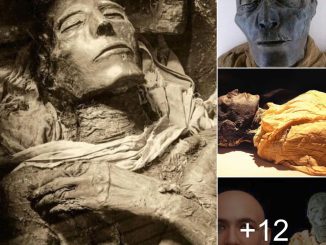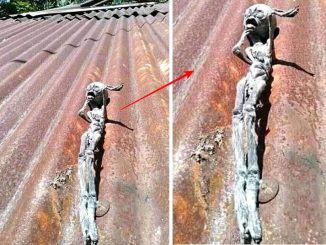Enter the realm of ancient art and marvel at the magnificence of the Riace Bronzes, also known as the Riace Warriors, two monumental Greek bronze statues that have captivated the world since their discovery in the sea near Riace, Calabria, in southern Italy, in 1972. Dating back to the height of ancient Greek art, around 460-450 BC, these statues are believed to hail from the renowned Attic workshop of Phidias, a master sculptor of the 5th century BCE.

Standing as timeless symbols of ancient Greece’s artistic prowess, the Riace Bronzes are unparalleled in their craftsmanship and beauty. These full-size statues depict two naked bearded warriors, each exuding a sense of strength and dignity. While one warrior appears calm and composed, the other bears a slightly apprehensive expression, adding depth and emotion to the sculptures’ narrative. Both figures adhere to the tradition of “heroic nudity,” a hallmark of Greek art that symbolizes divine or heroic status.

The discovery of the Riace Bronzes has sparked intense fascination and debate among scholars and art enthusiasts alike. Their impeccable preservation and exquisite detailing offer invaluable insights into the artistic techniques and cultural norms of ancient Greece. Standing at nearly human height, approximately 197 cm, these statues command attention and admiration, their exaggerated proportions hinting at the idealized forms revered by ancient Greek society.
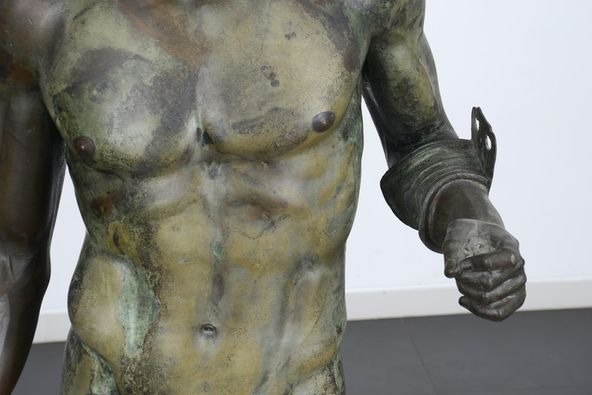
As we gaze upon the Riace Bronzes, we are transported back in time to an era of unparalleled artistic achievement and cultural splendor. These statues serve as tangible links to the golden age of ancient Greece, a period marked by remarkable advancements in philosophy, literature, and the arts. Their presence in the National Archaeological Museum of Reggio Calabria serves as a testament to the enduring legacy of Greek civilization and its profound influence on Western culture.
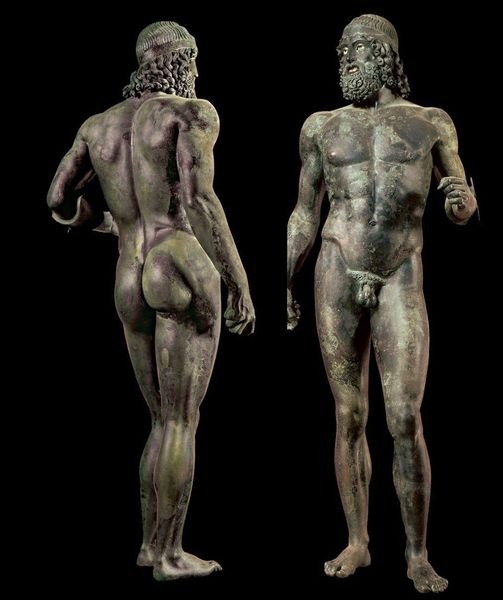
In conclusion, the Riace Bronzes stand as monumental testaments to the ingenuity and creativity of ancient Greek artists. Their discovery has enriched our understanding of classical art and culture, offering a glimpse into the artistic achievements of a bygone era. As we continue to study and admire these extraordinary sculptures, we reaffirm the importance of archaeology in preserving and celebrating the cultural heritage of humanity.
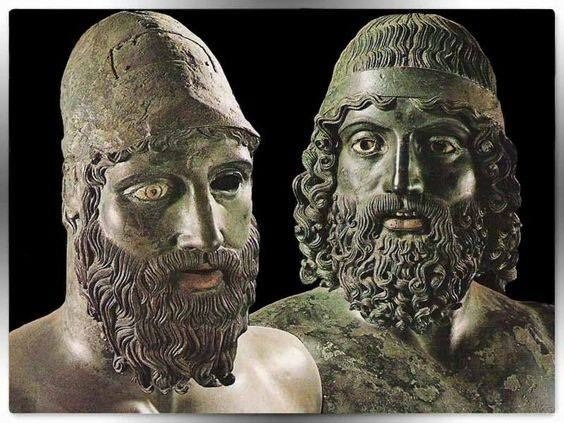
Archaeology plays a vital role in unraveling the mysteries of the past and connecting us to our shared heritage. Through meticulous excavation and analysis, archaeologists uncover treasures like the Riace Bronzes, shedding light on the customs, beliefs, and achievements of ancient civilizations. As we delve deeper into the past, we gain a greater appreciation for the rich tapestry of human history and the enduring legacy of those who came before us.

